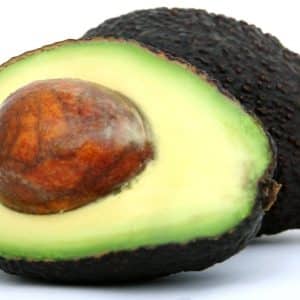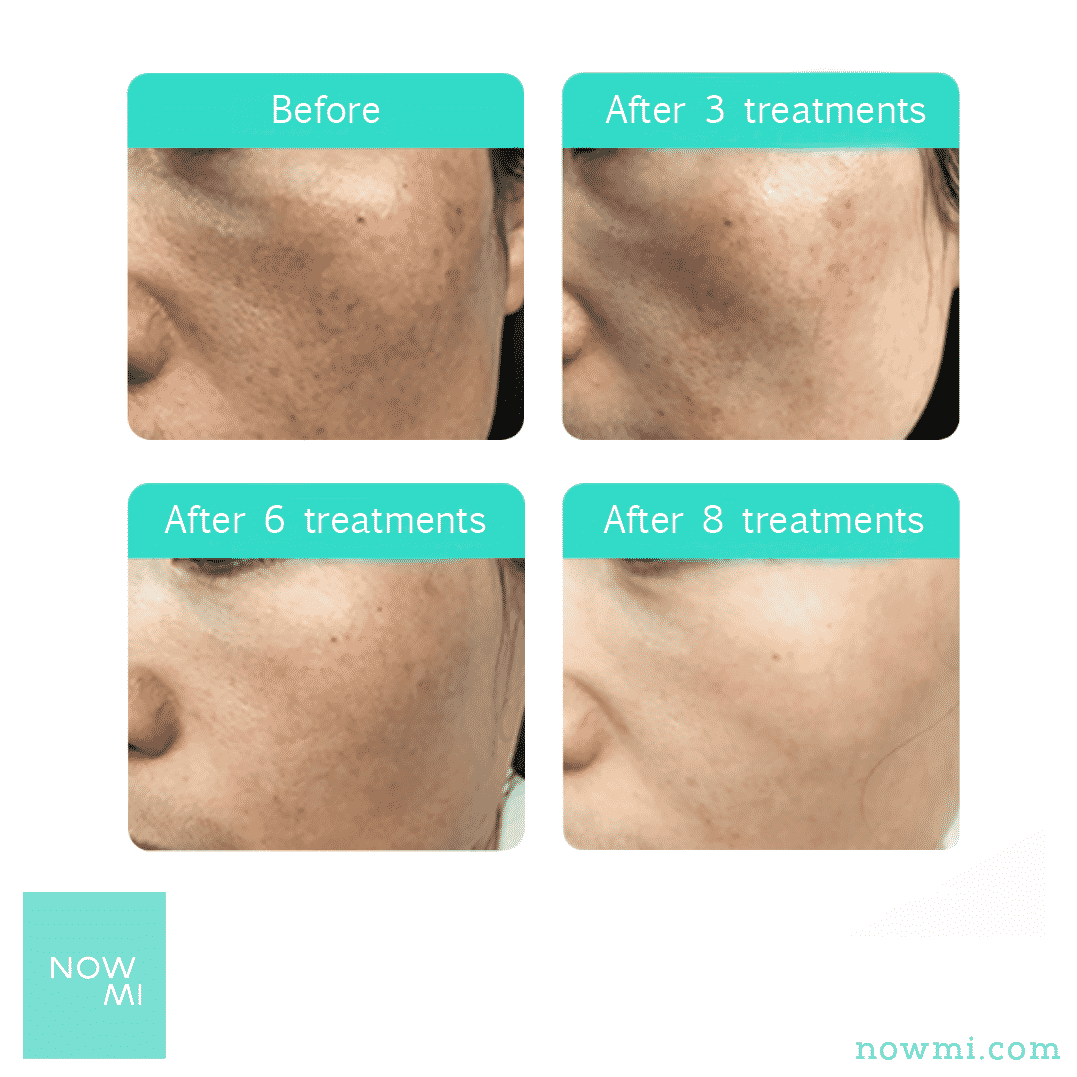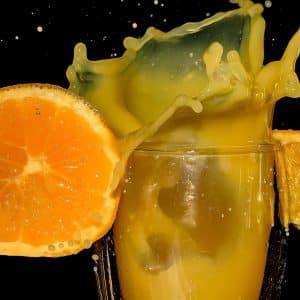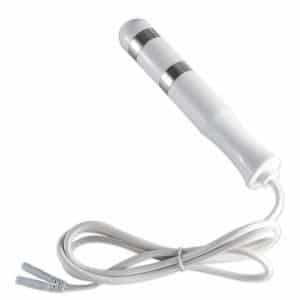
Unfortunately, we live in a world where processed and junk food engulf us and is very difficult to maintain a healthy diet. These foods are high in sugar and fiber-free fats and cause the skin to look dull, dry and aged. In addition, greasy and oily foods like deep fried chicken and pizza clog the skin’s pores. Most importantly, poor nutrition weakens the immune system, making it harder for the skin to regenerate skin cells.
The good news is that superfoods ARE AVAILABLE and once you make the decision to take control of your health you can slowly but surely start to change your diet. Remember not to be too hard on yourself. Rome wasn’t built in a day and taking it one step at the time is always better than drastic measures that don’t last.
So the first thing you want to do is to put in your body vitamins and nutrients which help it keep healthy and strong. Vitamin C, E and A are a great start!
Vitamin C: Vitamin C can be found in citrus fruits, strawberries, bell peppers and more. Vitamin C is a powerful anti-oxidant and an ascorbic acid that plays a critical role in the formation of collagen. Collagen is responsible for the elasticity of the skin and replaces dead skin cells. Once you increase your intake of vitamin C, your body will be able to more easily produce new collagen which will slow down the signs of aging.
Vitamin E: Vitamin E is available in almonds, spinach, sweet potatoes, avocados etc. The vitamin is an effective anti-oxidant that rejuvenates the skin. It is also effective in treating age spots and other pigmentation concerns such as dark circles under the eyes.
Vitamin A: Beef liver, carrots, kale and spinach contain high levels of vitamin A. Vitamin A stimulates the growth of skin cells and rejuvenates it by balancing sebum production. Sebum is a natural oil produced by the skin. If the production is unbalanced, this can result in dry or oily skin, acne and premature aging.
Here is a select list of superfoods for you to discover. There are of course many more. Make sure to explore your options and make your adventure of healthy eating a tasty and enjoyable one.
Avocados: Avocados are known to be great for the skin- they are high in poly- and monounsaturated fatty acids such as omega 9’s which help the skin regenerate damaged skin cells, reduce redness and help it look firm and fresh. The omega 9s are especially important because they keep the top layer of your skin- the epidermal layer- moisturized and hydrated. Avocados are also rich in antioxidant carotenoids that fight free radicals. This helps reduce wrinkles and slow down the signs of aging. You can throw an avocado into any salad and totally upgrade it. It also tastes great on a piece of bread with some lemon.
Turmeric: Turmeric is a wonderful spice that you can easily add to your dishes. Try it in soups, vegetable stews and sauces. Turmeric is fabulous for the skin since it has superior anti-inflammatory properties. Inflammation makes the skin look puffy and tired and in the long term leads to wrinkles and rapid aging. Turmeric will help you keep your skin looking rejuvenated and help fight against more serious inflammatory skin problems such as rosacea and eczema.
Lemon: My personal favorite- lemon- can be used in so many ways. A delicious tea, a cold drink and of course salad dressing (with some olive oil and salt). Lemon is great for the skin. It is rich in vitamin C which protects against free radicals and also helps the body to produce collagen and elastin (the building blocks of the skin which bind skin cells together yielding firmer and younger looking skin). Another huge advantage of lemons is that they help alkalize the blood and balance our pH. Most of us suffer from over an acidic pH because of our consumption of coffee, alcohol and processed foods. When our pH levels aren’t balanced, the skin becomes very sensitive, dry and prone to irritation.
Lentils: Lentils are a great source of protein, iron, zinc and biotin which increase the elasticity and strength of the skin and helps the body slow down the signs of aging. One cup of cooked lentils has only 230 calories and is incredibly filling. You can make delicious lentil soups or add them to rice or salads… the choices are endless.
Black beans: In just one cup of black beans you can get nearly 50% of your daily value for fiber, 30% of your daily value for protein and 20% of your daily value of iron. That is a great score for one of the most affordable superfood options out there. The beans are a starch, which makes them a wonderful source of healthy carbohydrates that will help you to boost the health of your skin.
There are of course many more superfoods and you can begin the wonderful journey of exploring them. You will see, your body and your skin will thank you.
 So many celebrities swear by oxygen facials to help them keep their facial skin looking their best. Madonna is one of the most famous proponents and is said to have an oxygen facial treatment before every concert. Jusin Timberlake, Miranda Kerr and Naomi Campbell have also made public that oxygen facials are part of their beauty routine.
So many celebrities swear by oxygen facials to help them keep their facial skin looking their best. Madonna is one of the most famous proponents and is said to have an oxygen facial treatment before every concert. Jusin Timberlake, Miranda Kerr and Naomi Campbell have also made public that oxygen facials are part of their beauty routine.
 Aging is an inevitable fact of life and we all get older every day. However, thanks to improvement in health care and nutrition, the average life expectancy has increased dramatically.
Aging is an inevitable fact of life and we all get older every day. However, thanks to improvement in health care and nutrition, the average life expectancy has increased dramatically. If you don’t already know it, Vitamin C (ascorbic acid) has been scientifically proven as a powerful anti-oxidant and anti-aging agent. This is fabulous news since we can all get our hands on some vit C!
If you don’t already know it, Vitamin C (ascorbic acid) has been scientifically proven as a powerful anti-oxidant and anti-aging agent. This is fabulous news since we can all get our hands on some vit C! Almost one in five women is interested in having vaginal rejuvenation or “designer vagina” surgery, according to an Australian study conducted in 2014.
Almost one in five women is interested in having vaginal rejuvenation or “designer vagina” surgery, according to an Australian study conducted in 2014.
 We live in a world where we all suffer from pollution – from smog, car exhaust, industrial processes and more. Everyone is affected- not only those who live in metropolitan areas. According to a recent report by the World Health Organization, over 80% of the global population breathes polluted air that exceeds the recommended level1. Aside from better known health concerns, the pollution takes a serious tole on our skin and causes it to age prematurely.
We live in a world where we all suffer from pollution – from smog, car exhaust, industrial processes and more. Everyone is affected- not only those who live in metropolitan areas. According to a recent report by the World Health Organization, over 80% of the global population breathes polluted air that exceeds the recommended level1. Aside from better known health concerns, the pollution takes a serious tole on our skin and causes it to age prematurely.